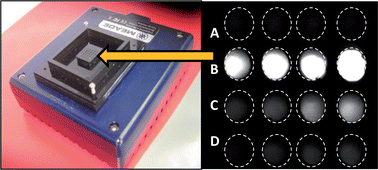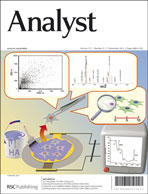To address the needs of medical diagnostics in resource-poor settings, it is necessary to develop low cost, simple and portable Point of Care detectors for integrated medical diagnostics. Previously, we have described a simple lensless fluorometer with sensitivity in the range of current ELISA plate readers. The key to the lensfree fluorometer is the uniform spatial distribution of light, which we achieved using a simple optical collimator based on a “stack of pinholes” (a stack of black PMMA plates with arrays of pinholes machined via laser) enabling the light to be collimated from the LED light source through the necessary wavelength filters and the assay's microfluidics directly onto the CCD without a lens. In this paper, we describe the optical principle for designing these Söller collimators for lensfree CCD-based fluorometry. The illuminating surface was modeled as a collection of differential areas emitting uniformly and spherically, and the intensity contribution of each emitting area was summed over the detector surface. To compute the final light intensity distribution from such a differential model we derived an integral equation to sum the individual intensity contributions from the two-dimensional emitting surface. The equation is for a single-hole collimator. Light intensity measurements were taken by placing a collimator with a particular aspect ratio (the ratio of hole length to diameter (L/d)) over the CCD image sensor and capturing an image. The resulting image is the 2D light intensity profile generated by the collimator. As the aspect ratio is increased the slope of the light intensity profile increases, corresponding to an increased degree of collimation. To test the model, the measured maximum and mean light intensities were compared with the theoretical predictions generated from the model. There was an agreement between the variation of the mean (R2 = 0.990) and maximum (R2 = 0.938) values of light intensities with aspect ratios based modeling. These profile measurements suggest an excellent agreement with the theoretical predictions. The integral equation presented here can be used to perfect the design of the optical Söller collimator. These results may lead to the development of more effective Söller collimators for lensfree CCD-based fluorometry for use in simple low cost lensfree optical detectors with the potential to enhance the accessibility and the quality of health care for underserved populations.

You have access to this article
 Please wait while we load your content...
Something went wrong. Try again?
Please wait while we load your content...
Something went wrong. Try again?


 Please wait while we load your content...
Please wait while we load your content...